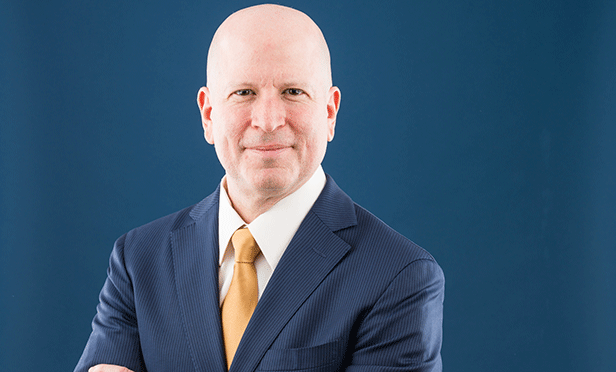
The effective shutdown of the capital markets has led to a wave of IPOs over the past 18 months as companies look to the public markets as a means to raise funds. Both private and public commercial real estate players are putting out offerings for a variety of reasons, ranging from paying down debt to going after investment opportunities.
Even those in a distressed scenario are looking at the public markets as a way to alleviate their debt burden. Take, for instance, beleaguered real estate developer Kent Swig, who owes some $50 million to several parties due to a number of failed projects. According to reports, the Swig Equities president is looking to pool some of his properties into a REIT, give some shares to his creditors and lenders and take it public. He has hired FBR Capital Markets and Inlet Capital Management to respectively underwrite and advise on the restructuring, which must still be approved by the creditors.
While neither Swig nor his lawyers will comment on the deal, observers say the strategy is not unheard of, although providing shares to creditors hasn't been widely seen in the IPO arena. However, Steven R. Marks, managing director with New York City-based Fitch Ratings, says, "the trend of distressed real estate owners seeking to go public is exactly what we saw back in the early '90s," which was considered to be the first REIT IPO wave. The catalyst back then was stressed real estate despite a strong economy, whereas today, the distress is on the ownership side at a time the economy is weak.
Recommended For You
Want to continue reading?
Become a Free ALM Digital Reader.
Once you are an ALM Digital Member, you’ll receive:
- Breaking commercial real estate news and analysis, on-site and via our newsletters and custom alerts
- Educational webcasts, white papers, and ebooks from industry thought leaders
- Critical coverage of the property casualty insurance and financial advisory markets on our other ALM sites, PropertyCasualty360 and ThinkAdvisor
Already have an account? Sign In Now
*May exclude premium content© 2025 ALM Global, LLC, All Rights Reserved. Request academic re-use from www.copyright.com. All other uses, submit a request to [email protected]. For more information visit Asset & Logo Licensing.








